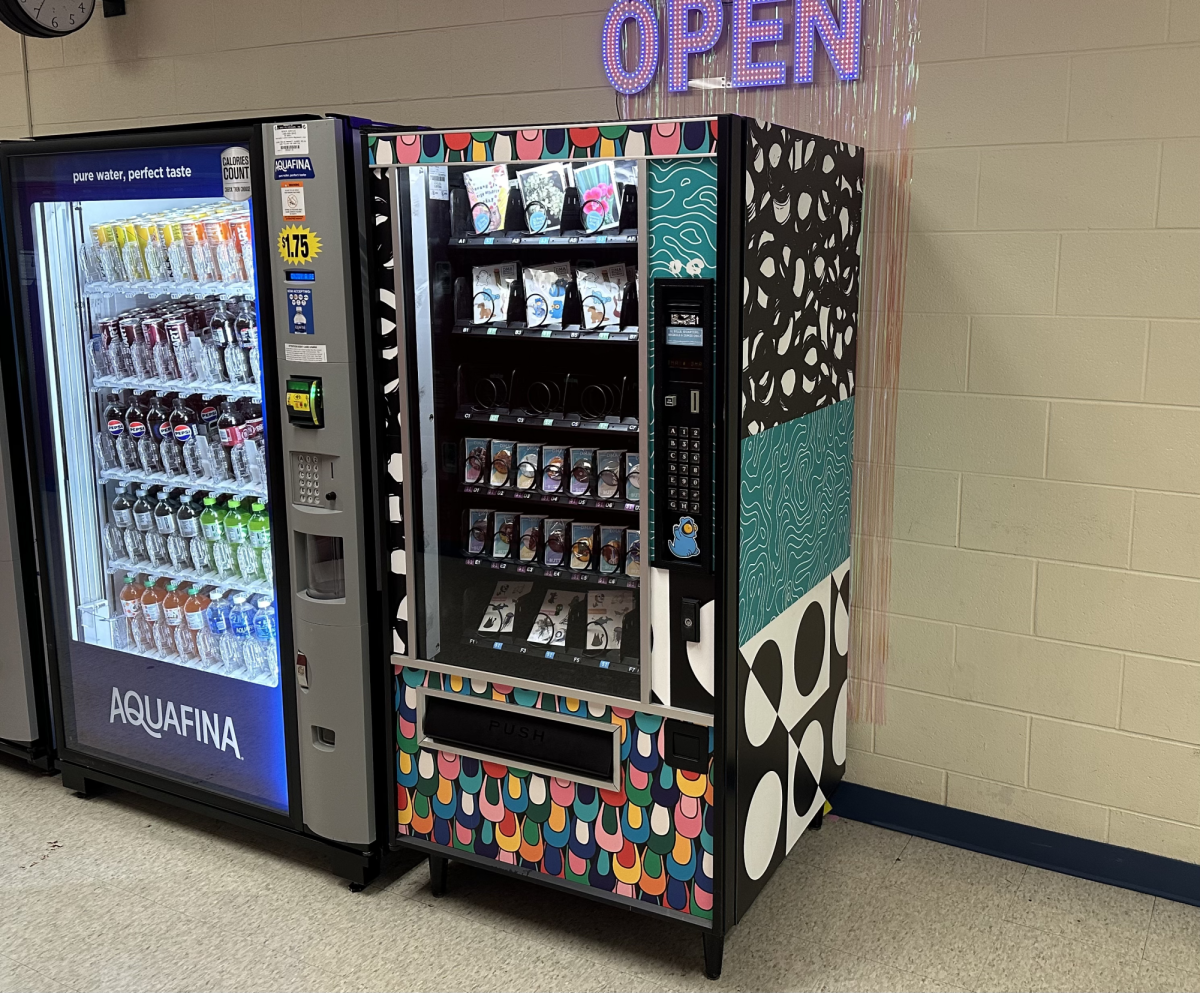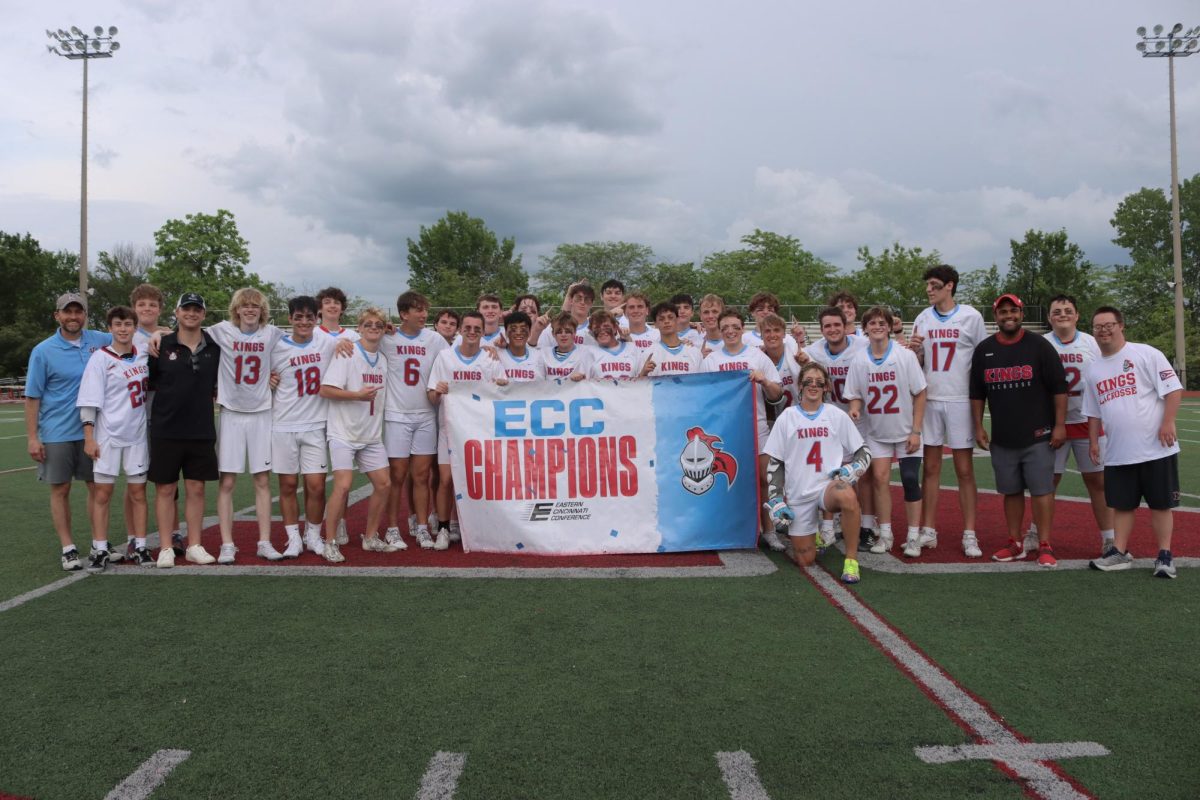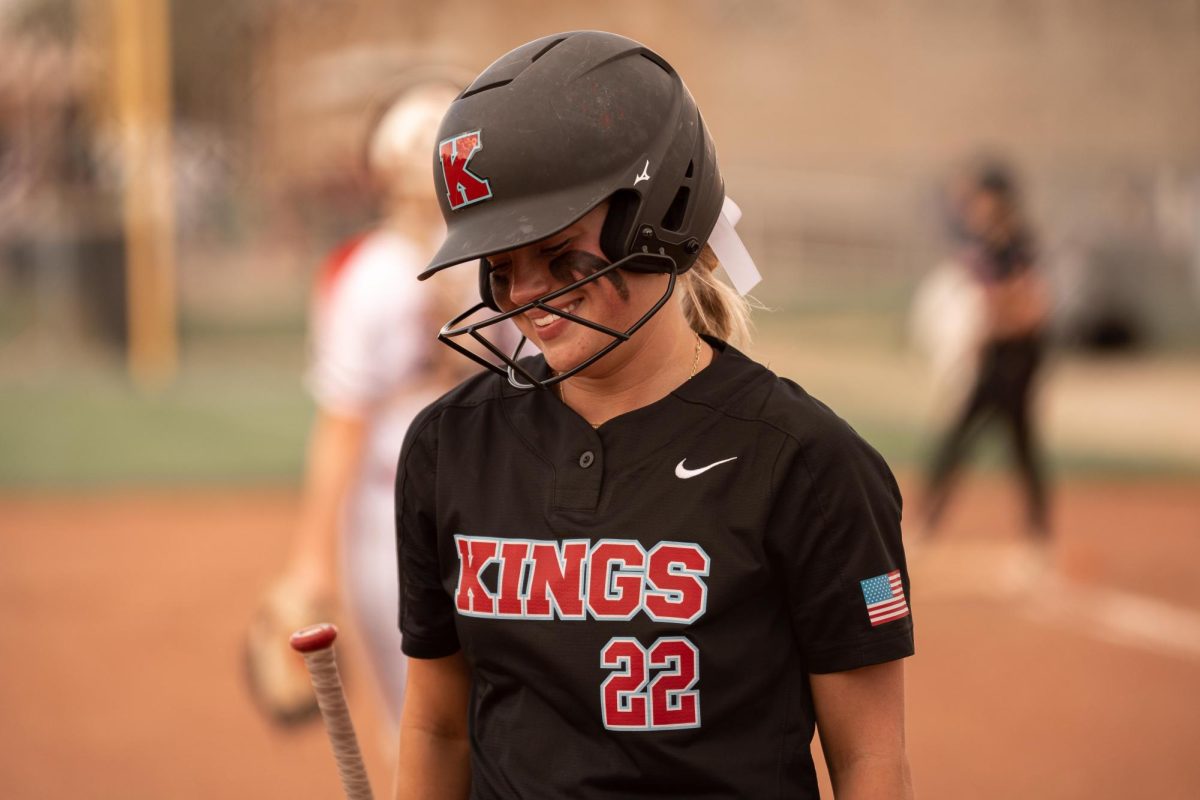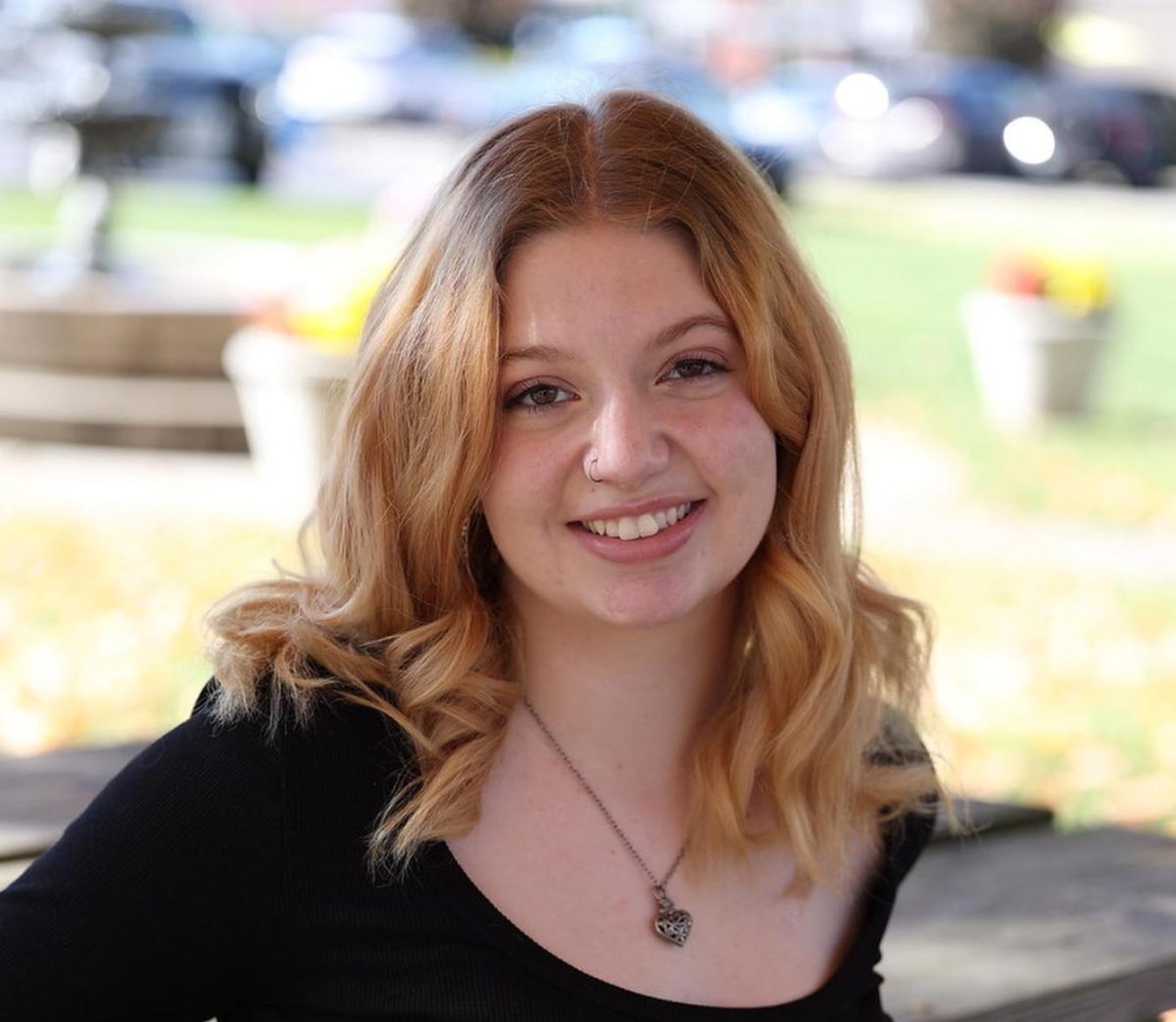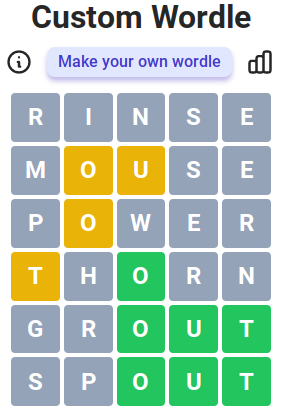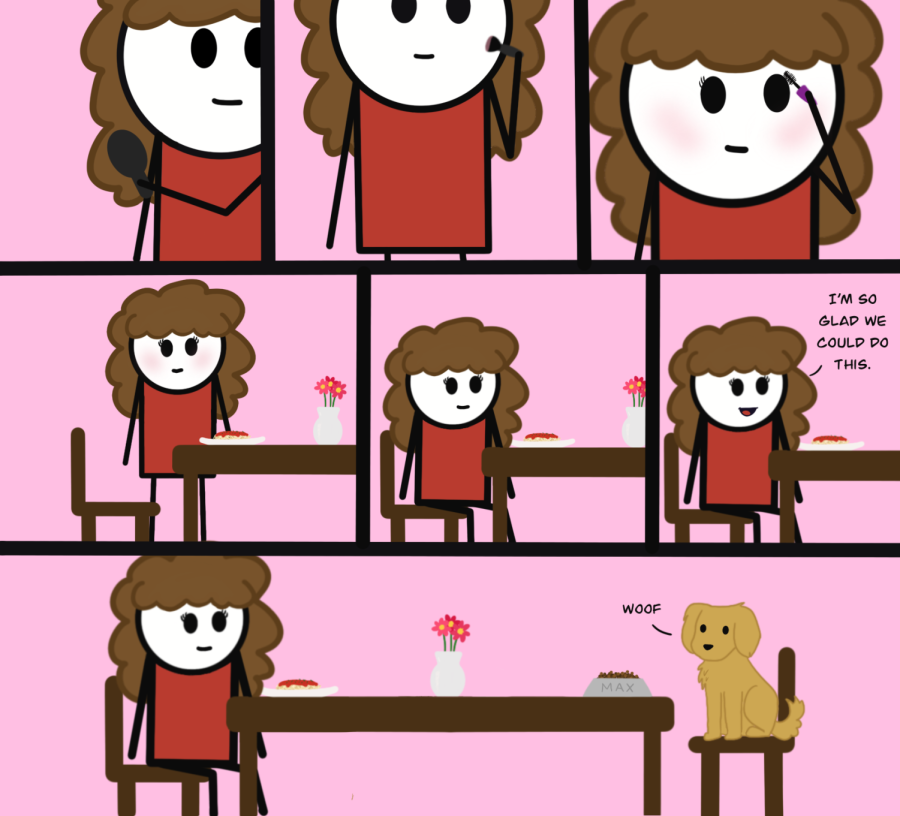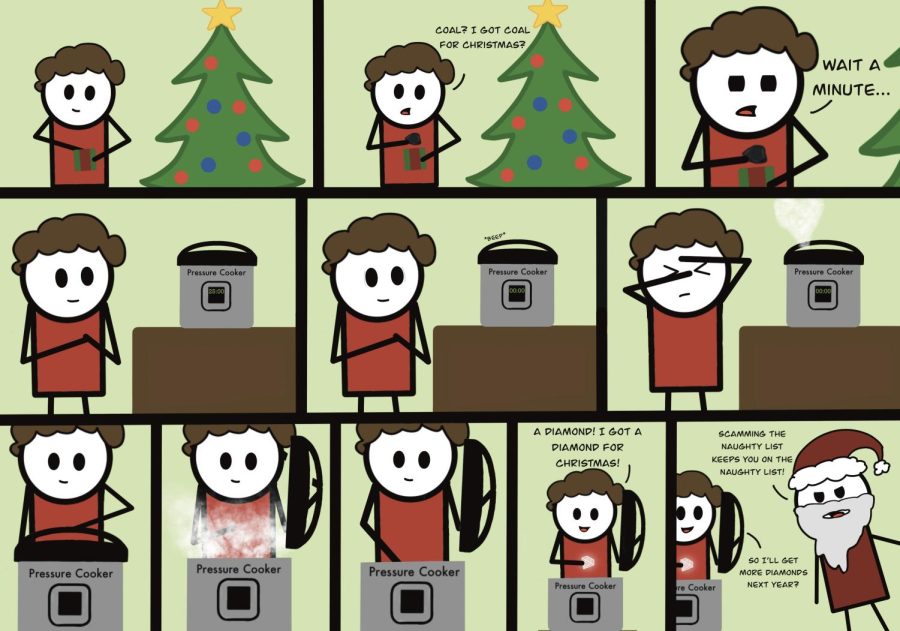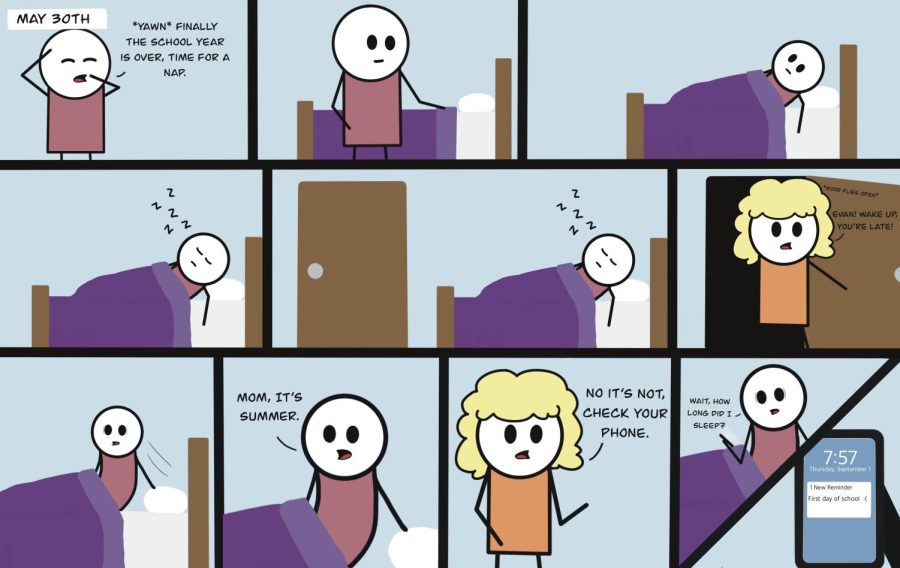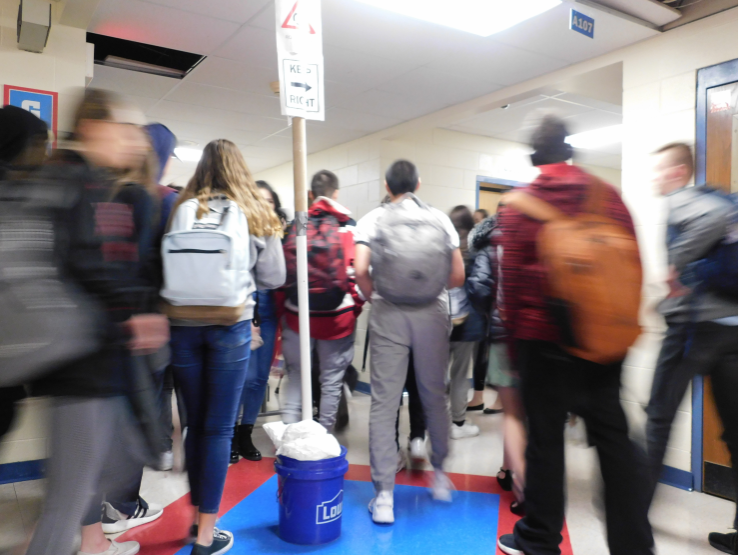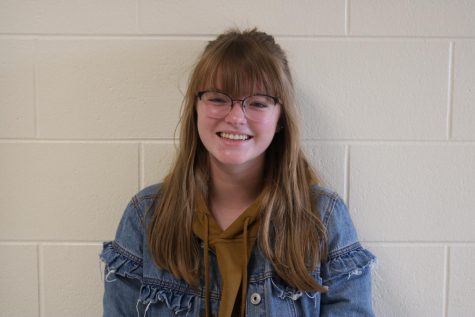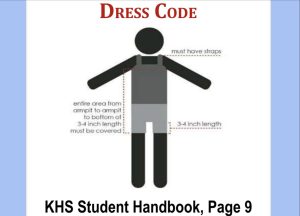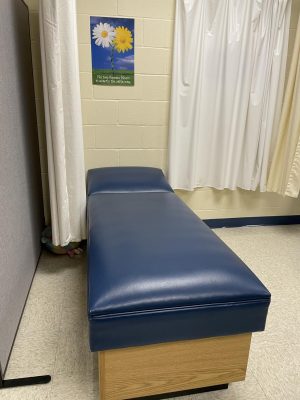Bond issue back on the ballot in March
Kings High School’s busiest intersection coined “the roundabout,”
December 16, 2019
Students take agonizingly small steps as they walk through the busiest intersection in the hallways. Bumps, nudges, and pushes are not an uncommon occurrence here, as impatient highschoolers packed shoulder to shoulder rush in order to make it to class on time.
“A lot of people don’t like walking through there,” said senior Grace Nishimori.
“It’s terrible,” responds senior Lauren Muse.
This problem is not going unnoticed.
On November 5th, the district placed a bond levy granting the district $89.975 million to expand several buildings in the district on the voting ballot, leaving the community to decide if the tax increase of about $180 annually depending on house size, was worth the new school developments. The 4.69 mil bond levy failed by 167 votes.
In the months following the November election, the Board of Education (BOE) has passed three resolutions necessary for reinstating the bond on the March ballot. The first of these resolutions is sent to the Warren County Auditor, Matt Nolan, for approval. The second resolution requires approval for tax dollars from Nolan. The Board is in the last stages of finalizing the decision. The final details will be completed over winter break. If all goes as planned, the bond will appear on the ballot in March.
BOE president Peggy Phillips is an advocate for reinstating the levy. This year is her 5th year on the board, and 3rd as president.
“I felt that the longer we wait the higher the cost of construction. Add to that the cost of leasing trailers/modular units to accommodate the increase in enrollment. Waiting or delaying building what is needed will catastrophically impact our District,” said Phillips.
However, the vote on the most recent resolution was not unanimous. Board member Deb Cowan, who was sworn into office in 2018, voted no on the proposition of putting the bond back on the ballot in March. Cowan supports the idea of a new facilities plan, but is unsure about timing.
“By placing essentially the same plan back on the ballot in March, I am unsure that we will have adequate time to consider the concerns of those who voted no,” said Cowan.
Teachers and students continue to advocate the need for improvements. Several teachers in the highschool do not have their own classrooms, instead they make due with wheeling a cart containing their classroom materials around and borrowing the rooms of teachers who do not have students for a particular period.
“We currently have no classroom space left in four of our six buildings,’’ said superintendent Tim Ackermann.
In addition, neither the gymnasium or auditorium is capable of holding all of Kings high school’s students. Several times a year Mr. Corodini holds class meetings with the entire school so that he can address all students. These meetings used to be highly functional, but now they must be broken up into smaller groups, as not all students can fit in the auditorium. This means guests such as lecturers or speakers have to do their presentation more than once.
“We’re just busting at the seams,” said Dawn Gould, community relations coordinator. “We’re growing. There’s no question the kids are coming.”
Other capacity issues with the highschool include a lack of bathrooms, a cramped cafeteria, large class sizes, minimal access to parking, and more. These dilemmas have caused principal Doug Leist to get creative with his problem solving. For instance, a prior book closet was recently converted to a conference room, and he’s debating adding a fourth lunch period to the future schedule.
“I have to creatively look at every open space that we have,” said Leist.
The levy that is going back on the ballot in March includes the same expansion plan that failed in November. With nothing different to persuade the no voters, advocates of the plan are hoping that more people will vote this time around.
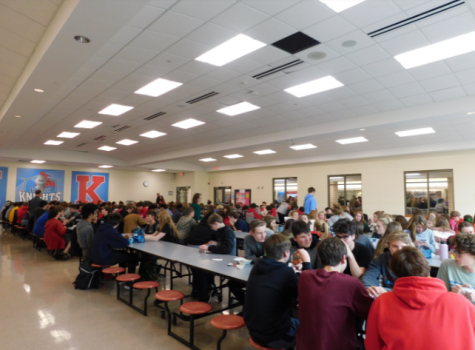
Kings High School’s cafeteria, housing freshmen and sophomores in 1 of 3 lunch periods
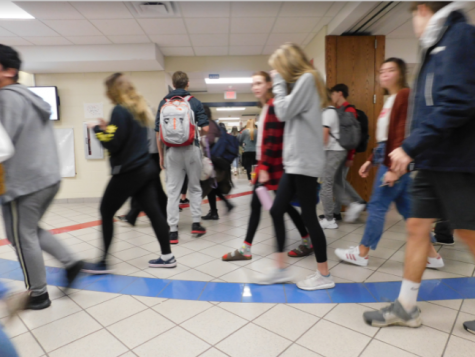
Students rush through a common area to get to class.





